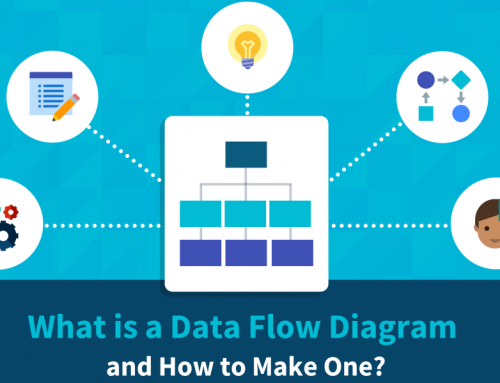3 Common Data Governance Misconceptions
In the construction process of the data center, data governance, as the preliminary work for the formation of data assets, can be said to be the key to the construction quality and achievement evaluation of the data center. Therefore, it is very necessary for enterprises to understand the 3 common data governance misconceptions to avoid detours.

Common Data Governance Misconceptions
Common Data Governance Misconceptions – 1. Data governance can pay off in the short term
The first misconception about data governance is that it can be done in the short term. Data governance is a long-term and complicated work, and it is the most basic and important step in the process of building a data center. In many cases, after a number of integrations, cleanings, and collections, data governance seems to have achieved initial results, but when it is applied to the business, it is found that the data cannot really be implemented, let alone drive the business.
It can be seen that there are some misunderstandings in the process of data governance, which will make the process of data governance long and the effect is not good. One of the reasons leading to this phenomenon is the lack of internal data management in enterprises. They have expectations on the value of data realization, but they do not know how to manage data intelligently.
Faced with this situation, enterprises can make a comprehensive analysis of data architecture, data quality, and data processing ability through small data application projects, so as to provide a basis for real data governance in the later stage. After the data situation is clearly investigated, a professional data middle-office service provider can formulate a feasible data governance plan to guide technical personnel and business personnel to cooperate and shorten the effective time of data governance.
Common Data Governance Misconceptions – 2. Data governance is a matter for the technical department
The second misconception in data governance is that data governance and mid-platform architecture are the domain of the technical department, not the business people, nor the management of the enterprise.
Enterprise digital transformation is a strategic transformation involving many departments such as organization, business and technology. The ultimate purpose of data platform construction is to enable business and provide power for data realization. However, technical personnel focus on improving technical ability for a long time, and lack of grasp of business needs and pain points. Without considering the business needs of the middle platform construction will drift away from the source.
Without the resource support of the middle-platform strategy of the enterprise, digital transformation is only driven by the technical department, and the digital transformation is insufficient, which is easy to cause the transformation to die in the middle.
Data itself is generated by business, and improving data quality is inseparable from business development. The more fields of business, the more channels of data sources, so unifying the data caliber requires unifying business terminology first. Because there are many business needs, if the data report is not perfect, it will lead to errors in basic data collection.
Therefore, the departments involved in data governance must be a multi-dimensional organizational structure covering business departments, technical departments and even management, so that data governance can truly be implemented.
Common Data Governance Misconceptions – 3. Data governance is simple tool configuration and stacking
The third misconceptions in data governance is that enterprises think that data governance is simply tool configuration and overlay.
Some enterprises may think that simply “cleaning” data through governance tools will make the data clear and clean for use. In fact, data governance includes organizational structure adjustment, formulation of governance processes, configuration of tools, implementation of on-site technicians, and collaboration between business departments. The scheduling, use and arrangement of personnel is the premise of data governance. Only by arranging professional, right people in the right places can they really make a difference. Only with clear action instructions and execution processes can an enterprise’s data governance be effective.
Conclusion
Thank you for reading our article and we hope it can help you to have a better understanding of the 3 common data governance misconceptions. If you want to learn more about data governance, we would like to advise you to visit Gudu SQLFlow for more information.
As one of the best data lineage tools available on the market today, Gudu SQLFlow can not only analyze SQL script files, obtain data lineage, and perform visual display, but also allow users to provide data lineage in CSV format and perform visual display. (Published by Ryan on Aug 19, 2022)
If you enjoy reading this, then, please explore our other articles below:



